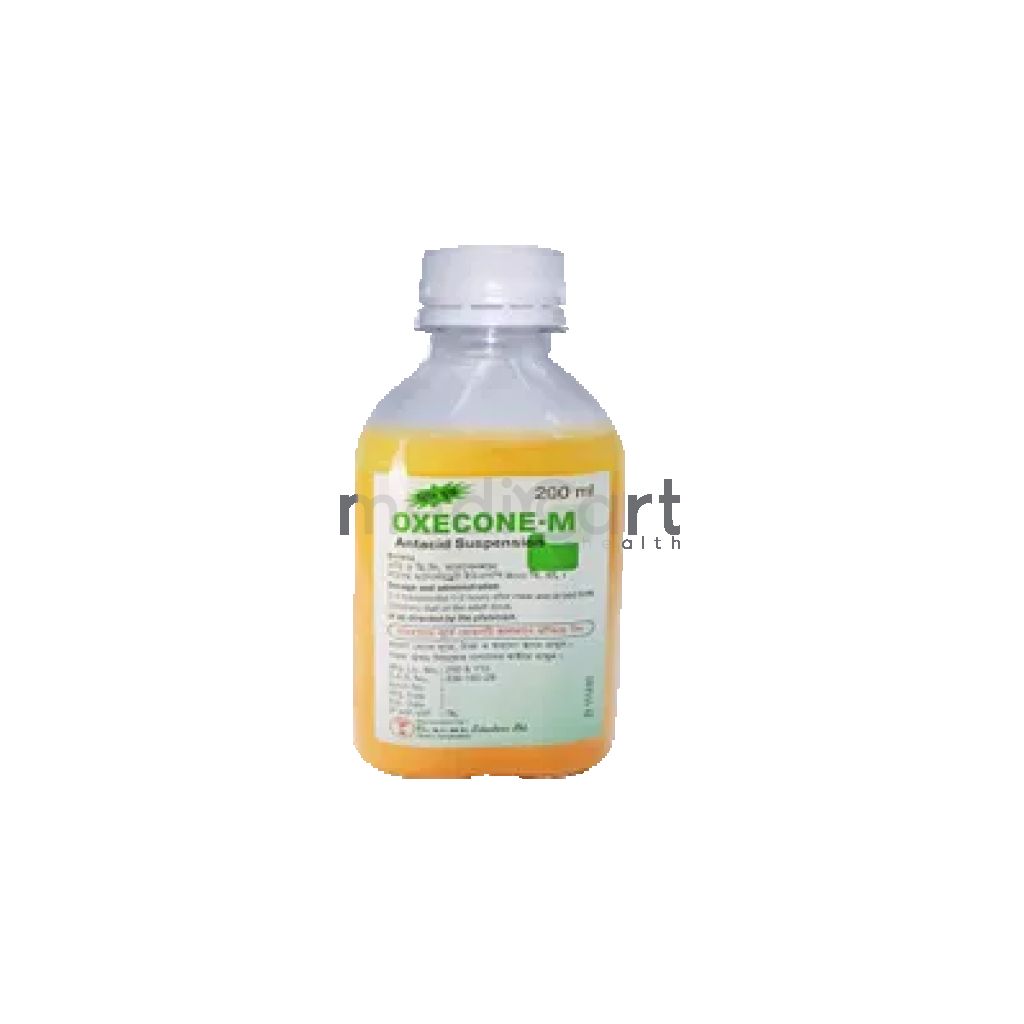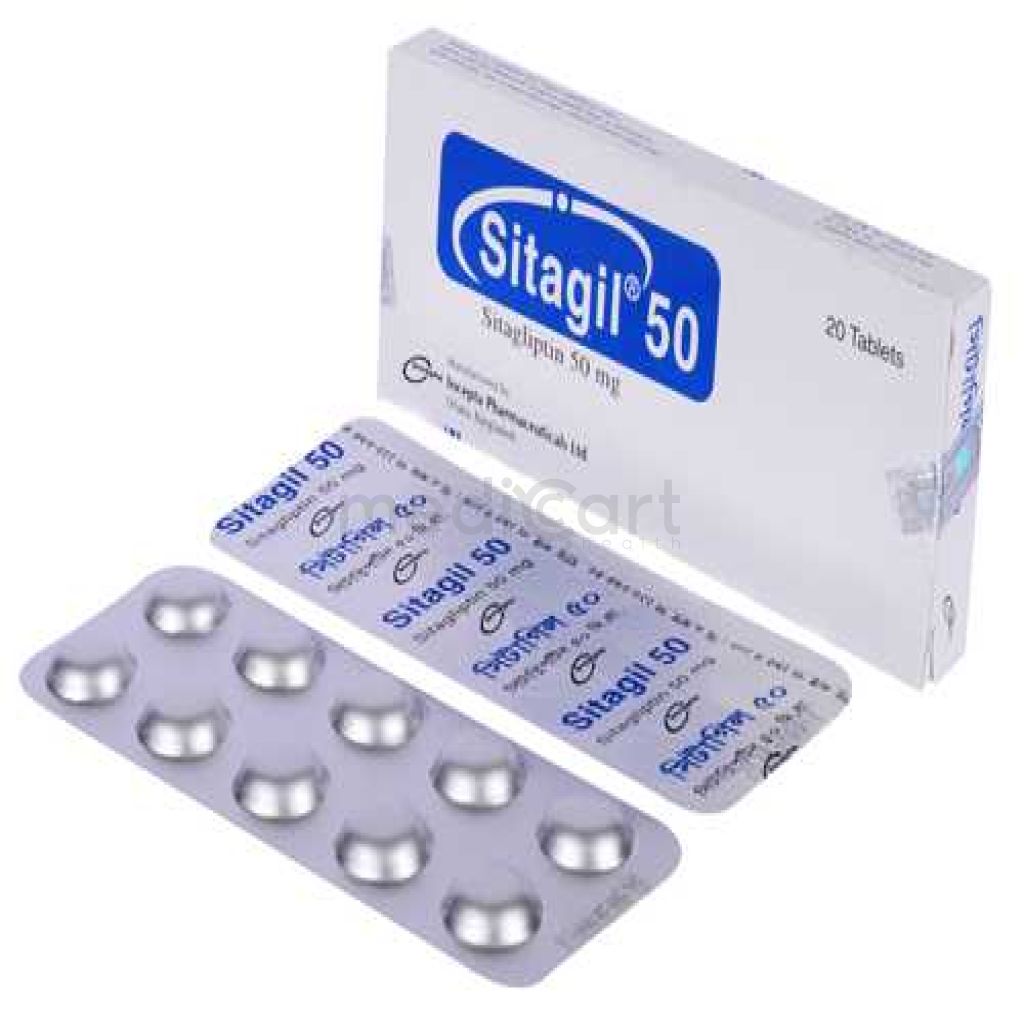

Mesna Inj 4 mL-Ins.
Injection* Delivery will be done in Dhaka city only.
Alternative Product
More Information About - Mesna Inj 4 mL-Ins.
Description
Generic Name
Mesna Disulfide
Precaution
Protective effect applies only to the urinary tract; pregnancy, lactation. Patients with auto-immune disorders. IV formulation may contain benzyl alcohol as a preservative; avoid in neonates or infants. Instruct patients to seek medical attention if discolouration of urine occurs. During treatment, monitor urine for erythrocytes and haematuria. Maintain adequate hydration in all patients. Patients who vomit within 2 hr of oral dose should repeat dose or receive IV dose. Lactation: not known if excreted in breast milk, do not nurse
Indication
Urothelial toxicity
Contra Indication
Hypersensitivity to thiol-containing compounds.
Dose
N/A
Side Effect
>10% Nausea (>50%),Vomiting (29%),Anorexia.Asthenia,Fatigue,Fever,Abdominal pain,Constipation,Anemia,Granulocytopenia,Leukopenia,Thrombocytopenia,Alopecia 1-10% Anxiety,Confusion,Dizziness,Headache,Insomnia,Pain,Somnolence,Chest pain,Edema,Flushing,Tachycardia,Cough,Dyspnea,Pneumonia,Diarrhea,Hematuria,Hypokalemia,Back pain,Dehydration,Injection site reaction,Pallor Potentially Fatal: May cause haemorrhagic cystitis, systemic anaphylactic reactions.
Pregnancy Category
Name : Not Classified
Description
FDA has not yet classified the drug into a specified pregnancy category.Mode of Action
Mesna is used to prevent urothelial toxicity associated with oxazaphosphorine, ifosfamide or cyclophosphamide. It acts in the kidney; reacting with thiol groups of urotoxic metabolites (e.g. acrolein) of ifosfamide and cyclophosphamide. It is used as a mucolytic in the management of some respiratory tract conditions e.g. cystic fibrosis where other mucolytics have failed. It acts by reducing the viscosity of pulmonary secretions; the drug's free sulfhydryl group is thought to reduce disulfide linkages of mucoproteins.
Interaction
Mesna is incompatible in vitro with cisplatin and nitrogen mustard.
Pregnancy Category Note
Pregnancy Drug is used in combination with ifosfamide or other cytotoxic agents; ifosfamide can cause fetal harm when administered to a pregnant woman; refer to the ifosfamide prescribing information for more information on use during pregnancy Mesna injection contains the preservative benzyl alcohol; because benzyl alcohol is rapidly metabolized by a pregnant woman, benzyl alcohol exposure in the fetus is unlikely Animal data In embryo-fetal development studies, oral administration of mesna to pregnant rats (500, 1000, 1500, and 2000 mg/kg) and rabbits (500 and 1000 mg/kg) during period of organogenesis revealed no adverse developmental outcomes at doses approximately 10 times maximum recommended total daily human equivalent dose based on body surface area Pregnancy testing Verify pregnancy status of females of reproductive potential prior to initiation of drug in combination with ifosfamide Contraception Females: Advise females of reproductive potential to use effective contraception during treatment in combination with ifosfamide and for 6 months after last dose Males: Advise males with female partners of reproductive potential to use effective contraception during treatment in combination with ifosfamide and for 3 months after last dose Lactation Used in combination with ifosfamide or other cytotoxic agents; ifosfamide is excreted in breast milk; refer to the ifosfamide prescribing information for more information on use during lactation; there are no data on presence of mesna in human or animal milk, effect on breastfed child, or on milk production Formulation contains preservative benzyl alcohol; because benzyl alcohol is rapidly metabolized by a lactating woman, benzyl alcohol exposure in breastfed infant is unlikely; because of potential for serious adverse reactions in breastfed child, advise lactating women not to breastfeed during treatment and for 1 week after last dose
Adult Dose
Intravenous Prophylaxis against urothelial toxicity With Ifosfamide 240 mg/sq.meter (if receiving 1.2 g/sq.meter ifosfamide dose) IVP 15 minutes before & 4 & 8 hours after ifosfamide admin OR 240 mg/sq.meter (if receiving 1.2 g/sq.meter ifosfamide dose) IVP 15 minutes before & 480 mg/sq.meter PO 2 & 6 hours after ifosfamide admin Adjust dose accordingly if ifosfamide dose changes Also given by alternative IVP regimens, intermittent infusion or continuous infusion-
Child Dose
N/A
Renal Dose
N/A
Administration
IV Preparation Reconstitute w/ D5W, NS, dextrose/saline or LR to a final concentration of 20 mg/mL IV Administration IVP: bolus 15 min before ifosfamide Intermittent infusion over 15-30 min Continuous Infusion: may be added to ifosfamide/cyclophosphamide in infusion bag Additive compatibility w/ cyclophosphamide shown only in D5W & LR
Disclaimer
The information provided herein are for informational purposes only and not intended to be a substitute for professional medical advice, diagnosis, or treatment. Please note that this information should not be treated as a replacement for physical medical consultation or advice. Great effort has been placed to provide accurate and comprehensive data. However, Medicart along with its authors and editors make no representations or warranties and specifically disclaim all liability for any medical information provided on the site. The absence of any information and/or warning to any drug shall not be considered and assumed as an implied assurance of the Company.





